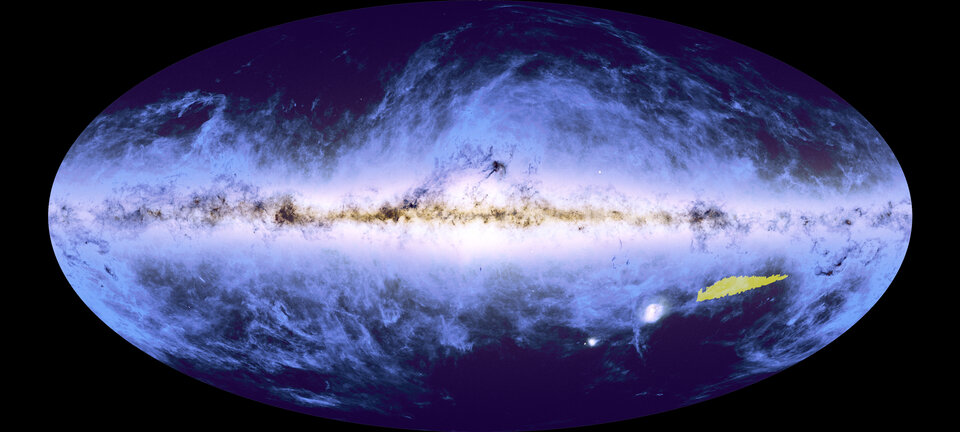European scientists at the International Astronautical Congress (IAC) presented a cosmic mosaic composed of 260 observations from the Euclid telescope.
The image includes tens of millions of stars in the Milky Way and about 14 million distant galaxies. It contains 208 gigapixels of data, collected between March 25 and April 8, 2024.

Source: ESA
Euclid is a mission of the European Space Agency (ESA), and its goal is to study dark matter and dark energy in space; Euclid will map the structure of the cosmos. The Euclid space telescope was launched on July 1, 2023. by SpaceX’s Falcon 9 rocket, to begin its 6.5-year mission. It started making scientific observations in February 2024.
The image presented accounts for only 1% of the wide survey that Euclid will capture over the next six years.

Source: ESA
Euclid is a European mission developed and operated by ESA with the participation of NASA. The Euclid consortium, made up of more than 2,000 scientists from 300 institutes in 13 European countries, the United States, Canada and Japan, is responsible for providing scientific instruments and scientific data analysis. ESA selected Thales Alenia Space as the prime contractor to build the satellite and its service module, while the payload module, including the telescope, was developed by Airbus Defence and Space. NASA, in turn, supplied the detectors of the near-infrared spectrometer and photometer (NISP). Euclid is a mission categorized as a medium class project under ESA’s Space Vision Program.
Source: space.com, National Geographic






